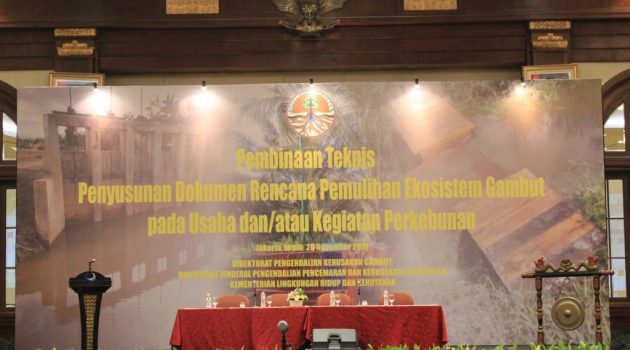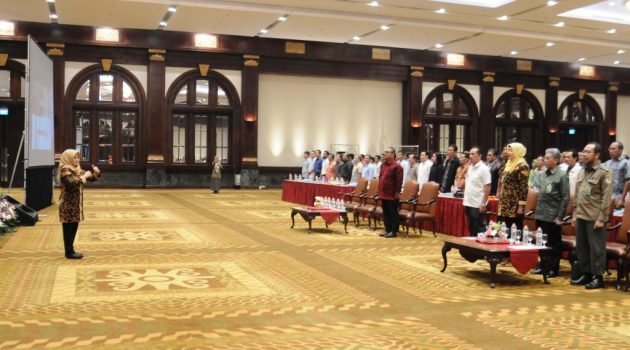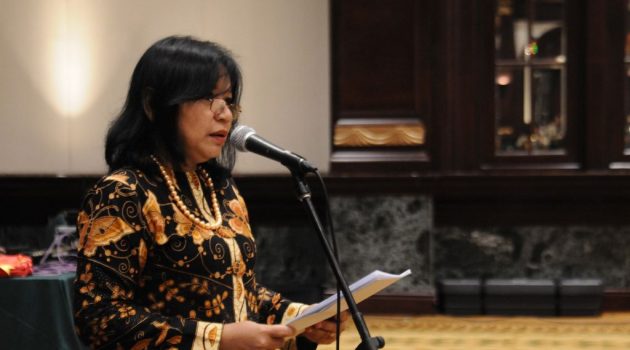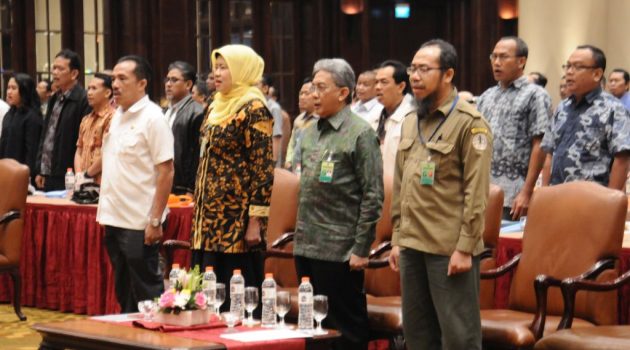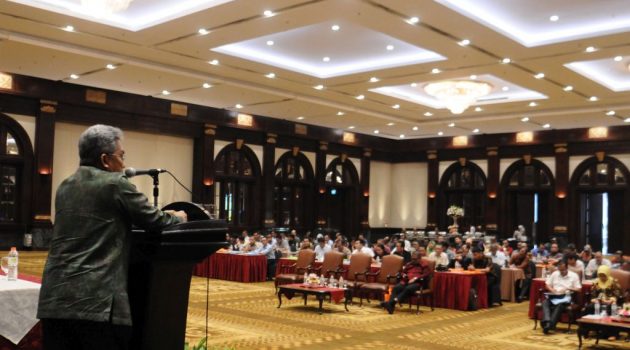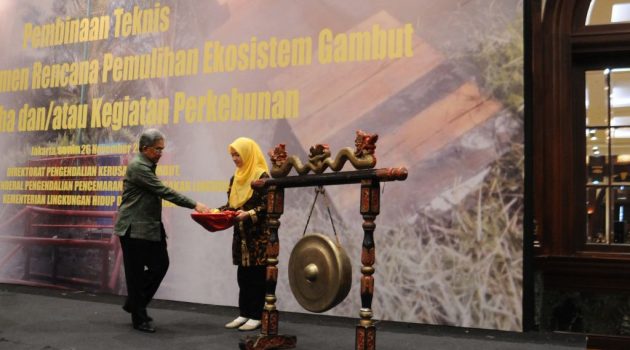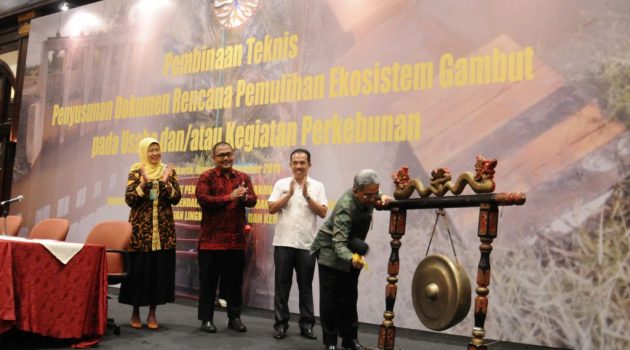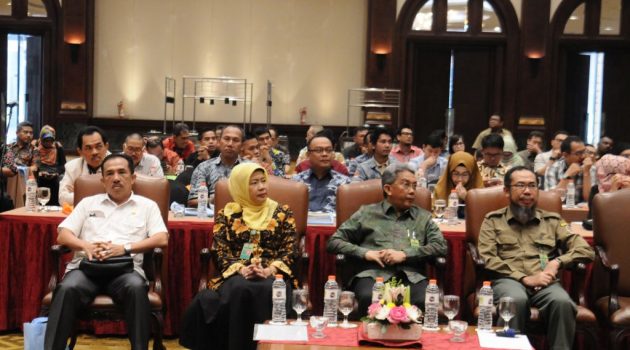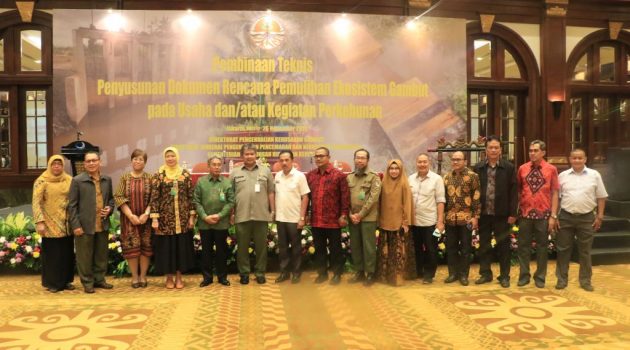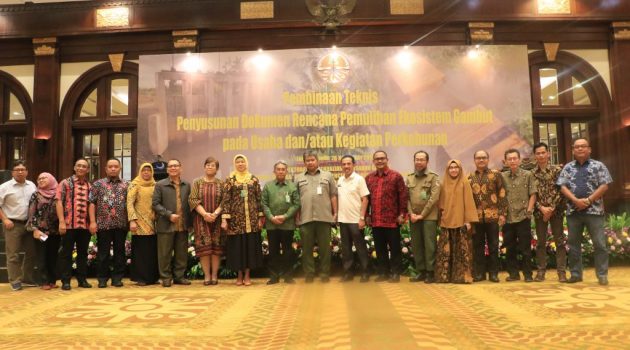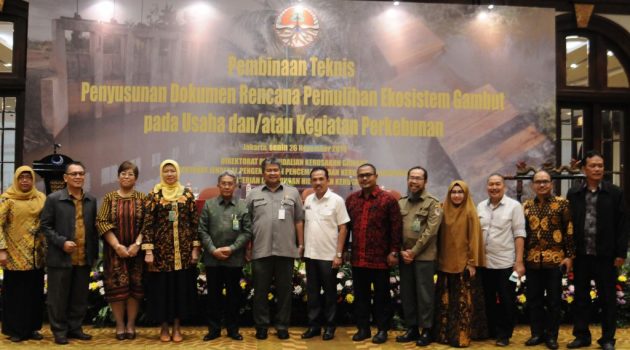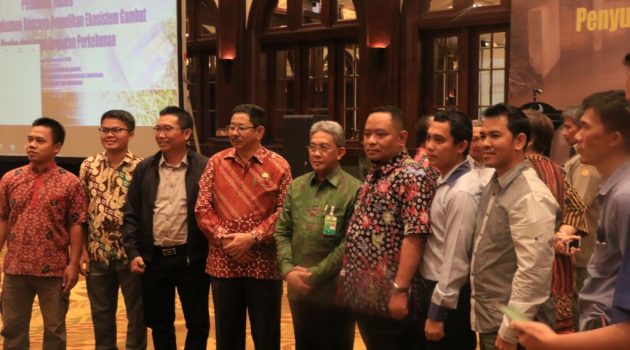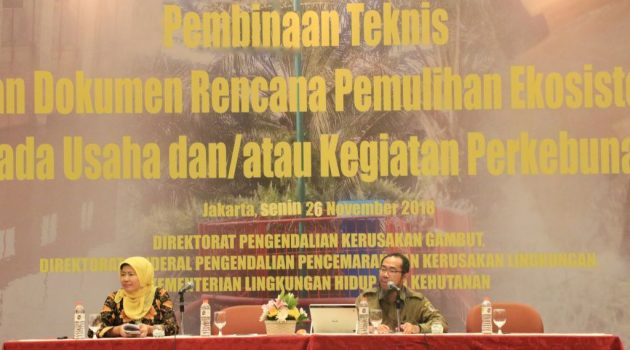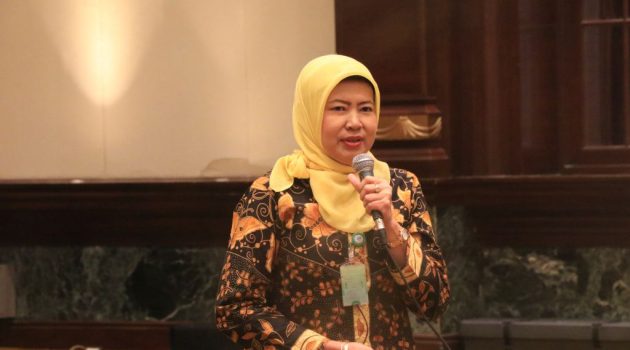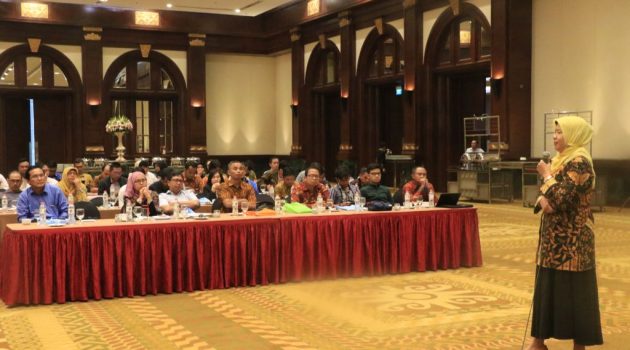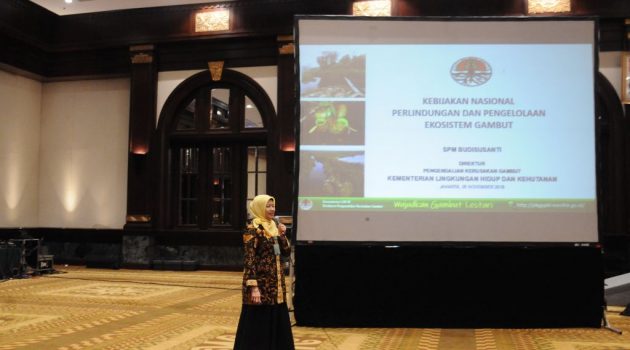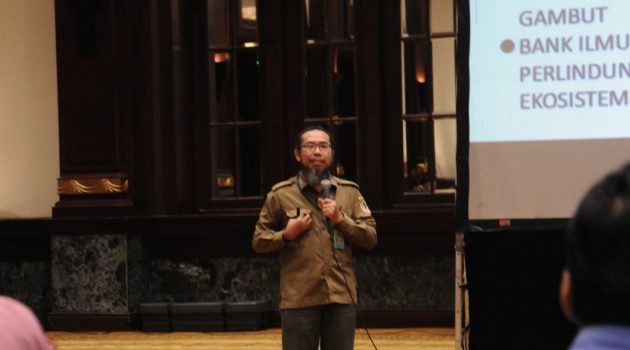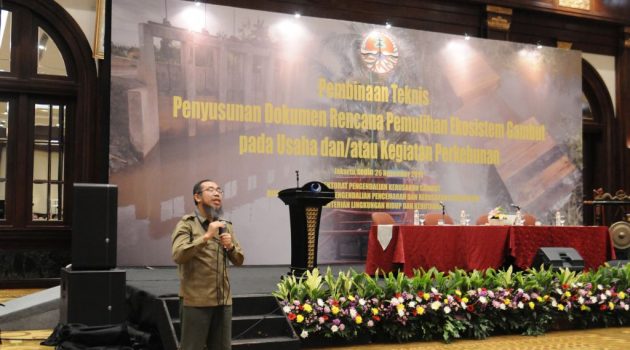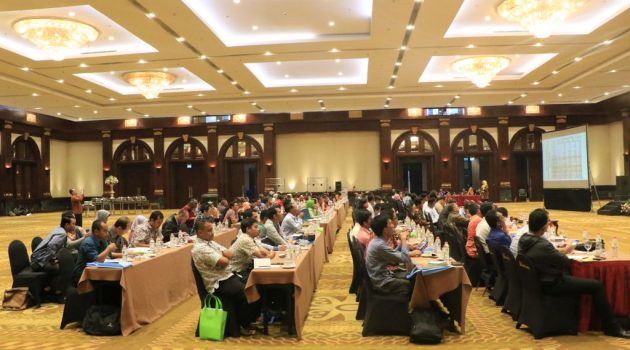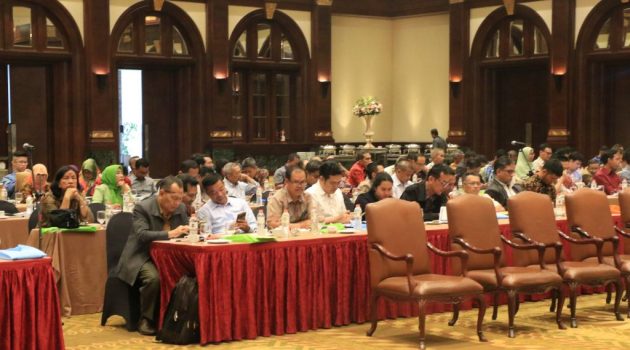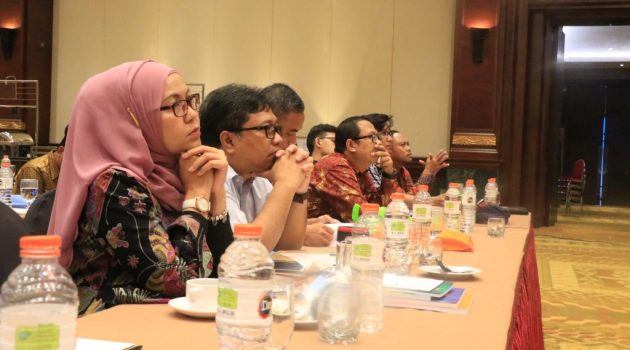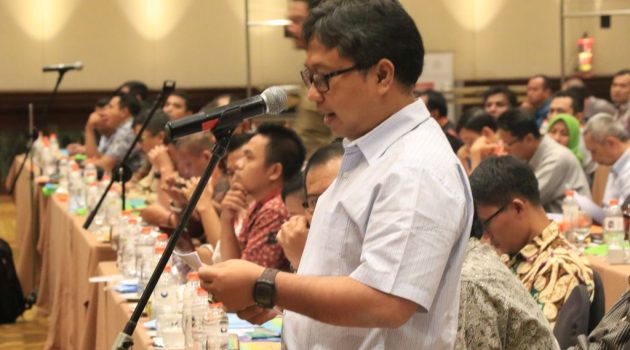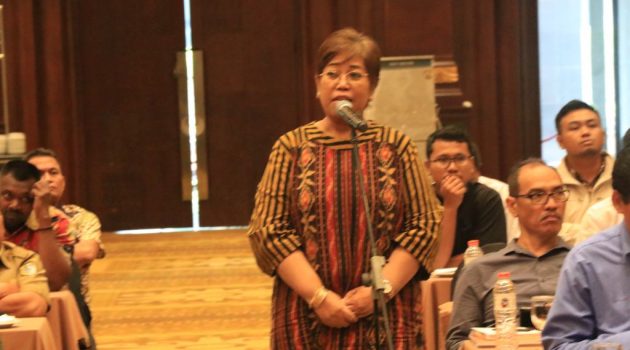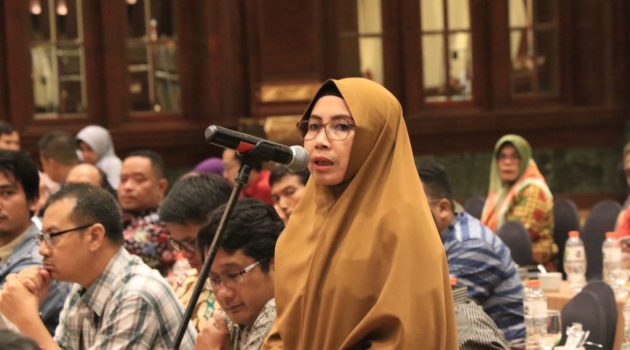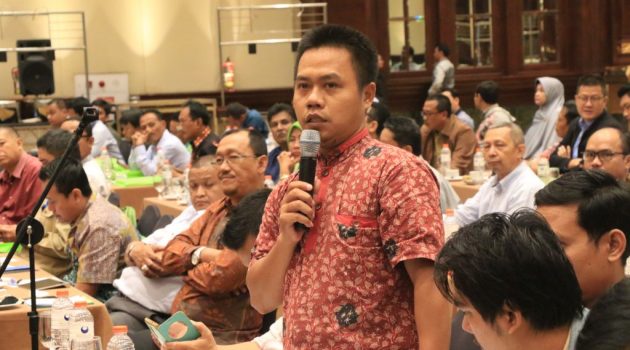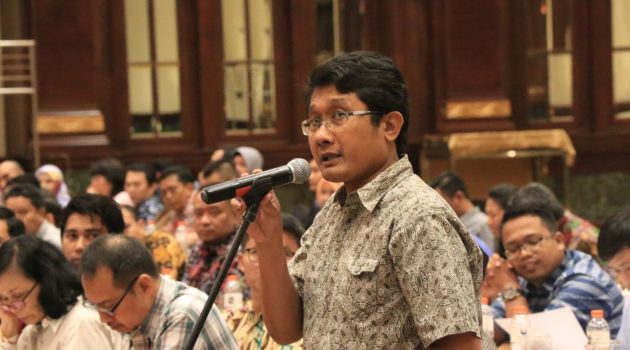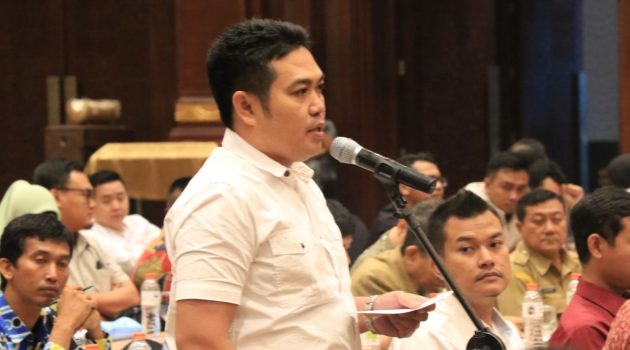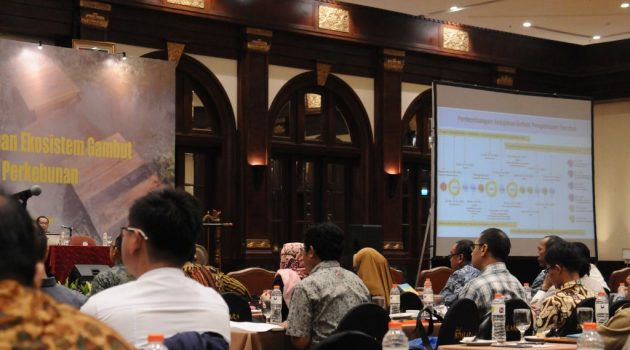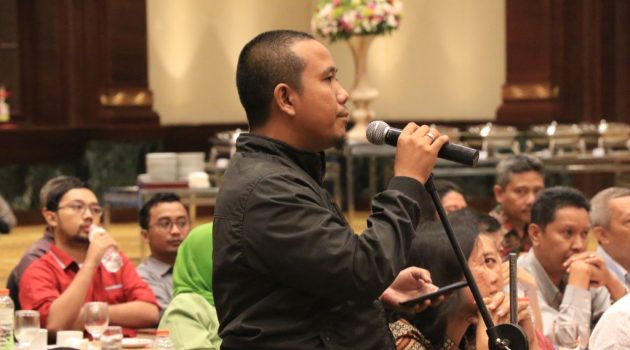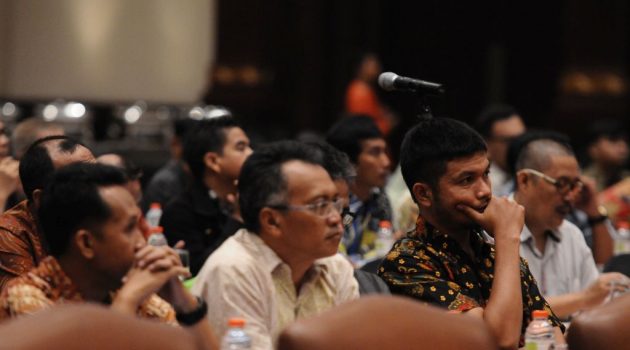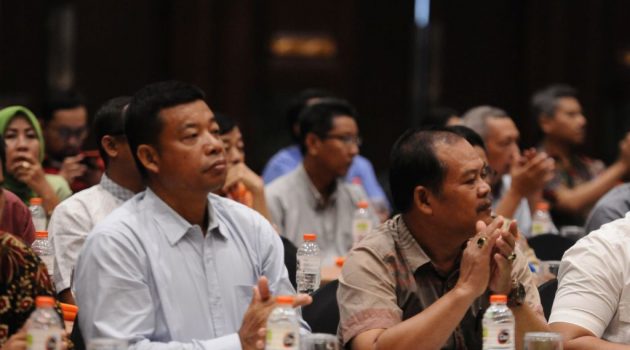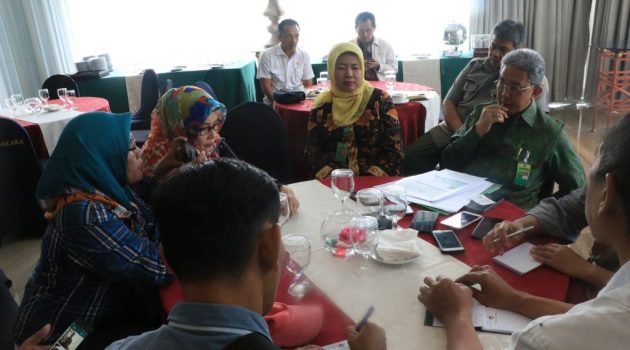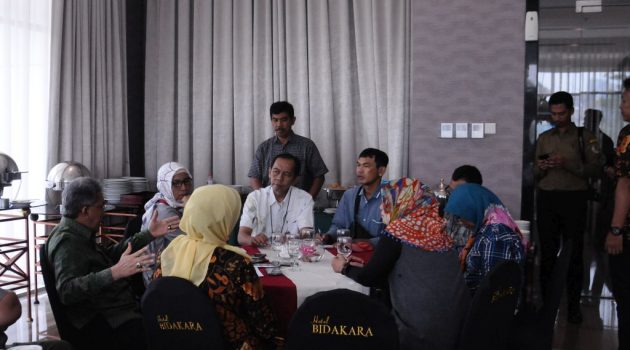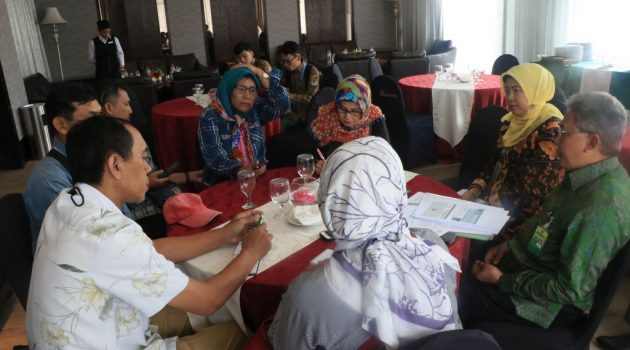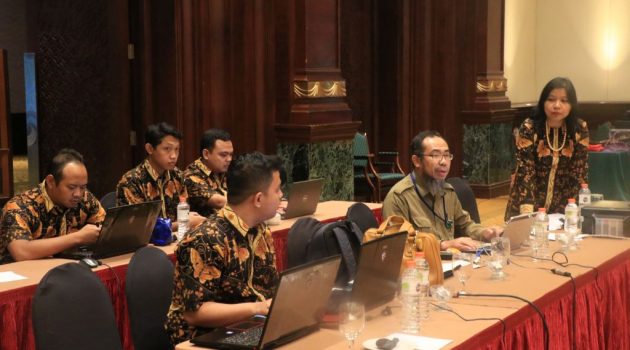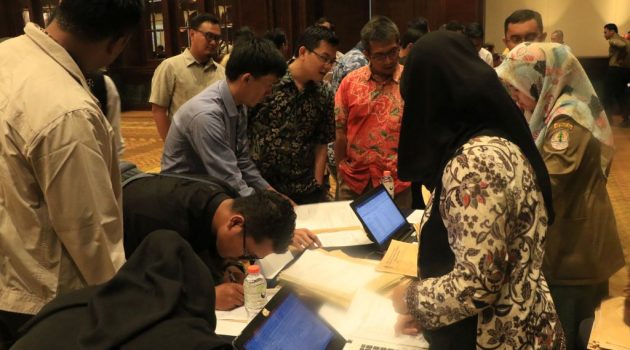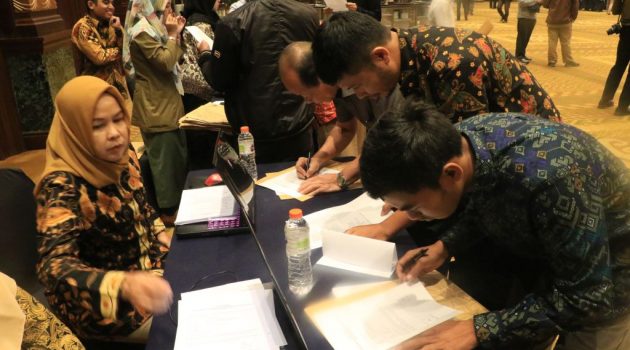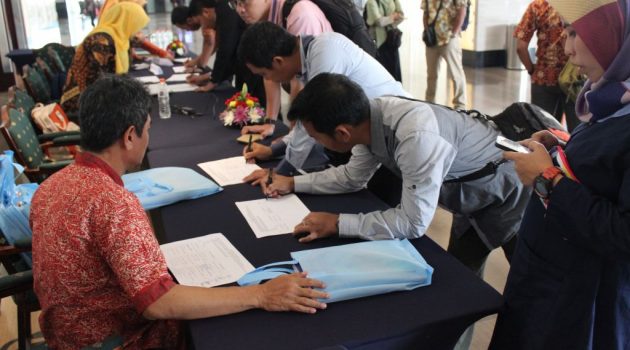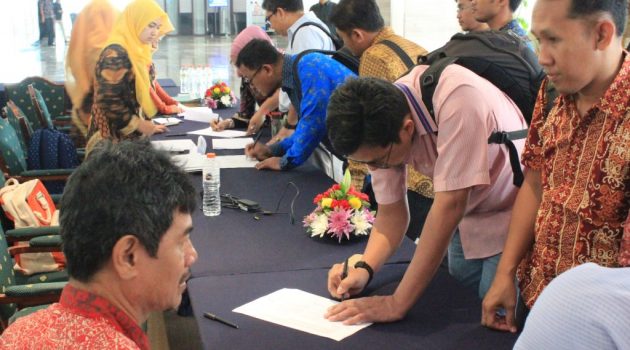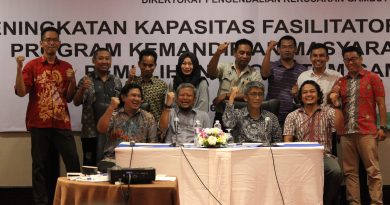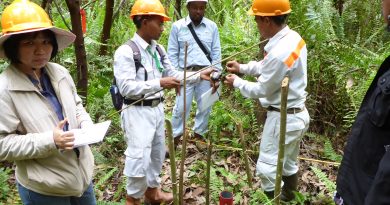Technical Assistance for Development of Document Peat Ecosystem Recovery for Business and/or Plantation Area
President Joko Widodo explicitly gave direction to all government officials that the handling of forest and land fires must be directed and integrated. The President stressed that all matters relating to the Peat Ecosystems must be applied corrective actions and should be improve on its handling, specifically related to Peatlands. One of the measures taken is a new licensing moratorium on Peatlands, both for forestry and plantation activities.
Integrated efforts in handling forest and land fires in the Peat Ecosystems carried out by the Government and Regional Governments including:
- Emphasis and control of fires on peatlands with all possible efforts, including: water bombing, re-wetting, canal blocking, small dam construction, and deep wells;
- Law enforcement involving administrative sanctions, civil law and criminal law;
- Promoting prevention by controlling and managing peatland area;
- The burned area in the concession (private sector) must be controlled by the government.
Following up President direction, Ministry of Environment and Forestry has carried out directed and integrated efforts to implement the protection and management of the Peat Ecosystems, so that a sustainable of Peat Ecosystems can realized. After the enactment of the Peat Ecosystem Protection and Management Policy through Government Regulation Number 71 Year 2014 Juncto Government Regulation Number 57 Year 2016 as well as the derivative regulations, Regulation of the Minister of Environment and Forestry Number 14, 15, 16, and 17/2017 and Directorate General of Pollution and Environmental Destruction Prevention Regulation Number 3, 4, 5, 9 and 10/2018. The Government Regulation and its organic regulations are focused on becoming a reference in implementing the Protection and Management of Peat Ecosystems.
To implement these policies, the Ministry of Environment and Forestry through the Directorate General of Pollution and Environmental Destruction Prevention (PPKL) has issued a warrant for the recovery of 225 Plantation Companies and 100 Industrial Plantation Forest (HTI) Companies located in the Peat Ecosystems. The recovery warrant has been followed up by 167 HTI and Plantation Companies and currently there are 8,514 compliance points for Manual water table and 828 compliance points for Automatic water table as well as 560 rainfall monitoring stations. It is also noted there are 16,546 canal block units and 7,726 canal block units in planning until 2026.
Peat Ecosystems area located in the recovered area of the company, both recovery and restoration of hydrological and vegetation function is 2,589,213.98 hectares.
Based on data of water table measurements reported by companies regularly, both in HTI and plantation companies shows satisfactory results in general even though there are efforts still need to be done to improve the achievement of water table of 0.4 cm level as stipulated in the regulations.
Based on existing data, there are around 600 number of permits in Plantations and Industrial Plantation Forests which are located in the Hydrological Peat Units that have been issued. The amount will gradually get a full recovery warrant. Today the Director General of Pollution Control and Environmental Destruction has re-published the second phase of the recovery warrant for the 147 Plantation Companies to jointly improve the management of the Peat Ecosystem.
From the 147 plantation companies, the potential of the Peat Ecosystems area to be recovered will be about 1,070,940 hectares.
Based on the Minister of Environment and Forestry Decree Number SK.130/ MENLHK/SETJEN/PKL.0/2/2017 regarding Determination of the National Peat Ecosystem Function Map, Indonesia has 865 Peat Hydrological Units (KHG) with 24.7 million hectares area consisting of 12.4 million hectares in licensed protected zones and 12.3 million hectares in licensed cultivation zones. The KHGs are spread across Sumatra, Kalimantan, Sulawesi and Papua.
The establishment of a map of the licensed protected and cultivation zones of Peat Ecosystems is the basis for arranging and establishing a National Peat Ecosystem Protection and Management Plan (RPPEG) that is integrated with RPPJM for the National level and RPJMD for regional levels and also for the spatial change, as well as Implementation of ecosystem recovery for the damaged peat.
Damaged ecosystem restoration is the responsibility of the Ministry of Environment and Forestry through the Director General of PPKL, the Provincial and Regional Government and/or District/City Government. They are obliged to restore the Peat Ecosystems, especially in areas that are not licensed or community land (community cultivation zones).
The Ministry of Environment and Forestry through the Director General of PPKL is carrying out efforts to restore peat ecosystems with a target that increase each year, the implementation of recovery is carried out through efforts to improve the management of peat water (restoration of hydrological functions) by construct canal blocks and establishing independence community that aims to have an understanding of peat forest conservation and also understanding the proper use of peatland when carrying out activities in the peat area.
In the order to implement community-based Peat Ecosystems protection and management, the Director General of PPKL conducting recovery actions with community empowerment scheme in 7 Provinces with 29 Regencies. Recovery of hydrological functions in community cultivation zones achieve 7,305 hectares through installation of 310 canal blocks and community empowerment activities.

